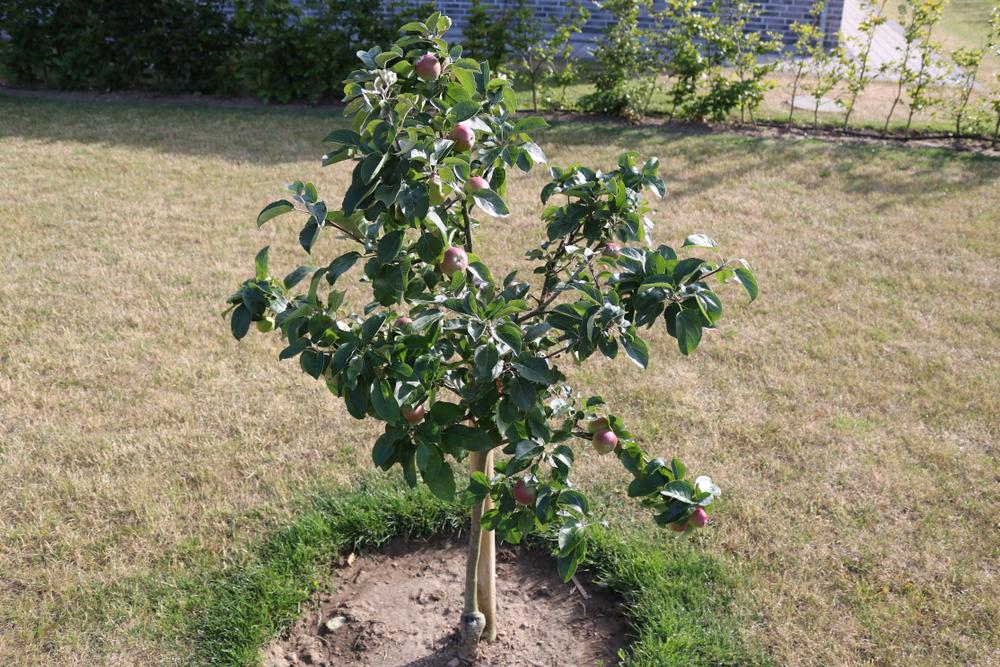Choosing a fruit tree is a major commitment. It has aspects of picking a spouse: Go slowly, and select wisely. It’s also similar to adding onto the structure of a home following this advice: Plan on paper, avoid changes in concrete—or in this case, soil.
There are many factors to consider, including the minimum winter chill temperature required to bear fruit in the following season, how much fruit it will give (there are cases of too much!), how tall the tree will become, how much pruning/maintenance it needs, disease susceptibility, pollination (is it self-fruitful or does it need a friend), and more. Stoke the fireplace, grab a hot chocolate, and let’s settle in and start choosing a fruit tree—or two.





